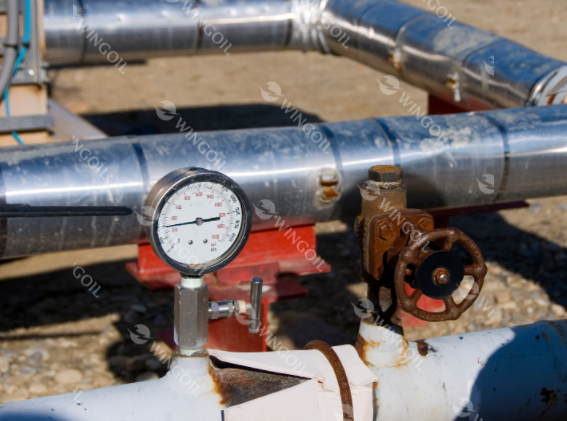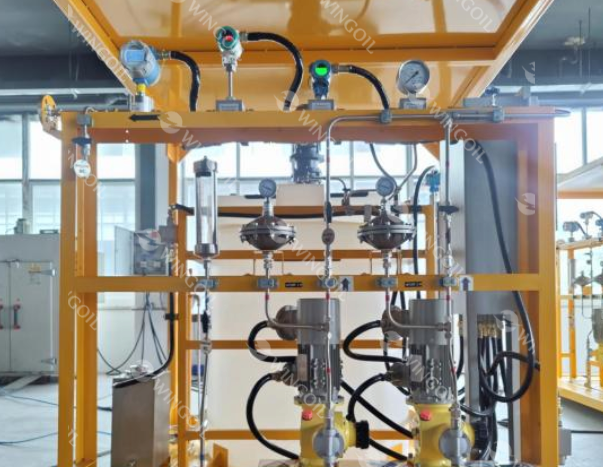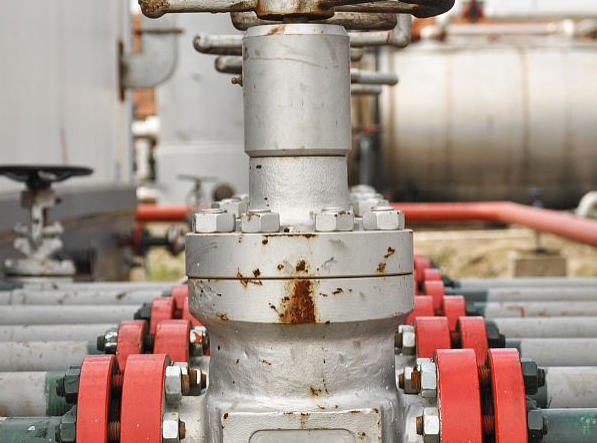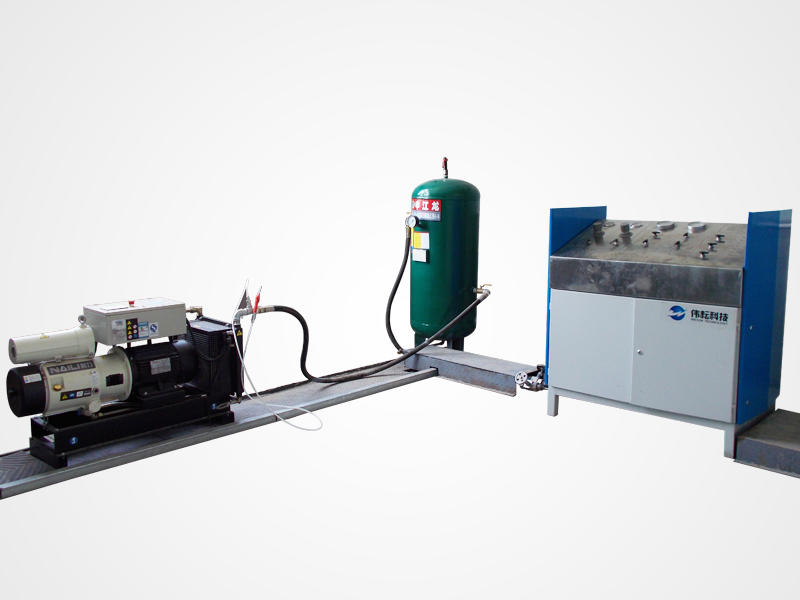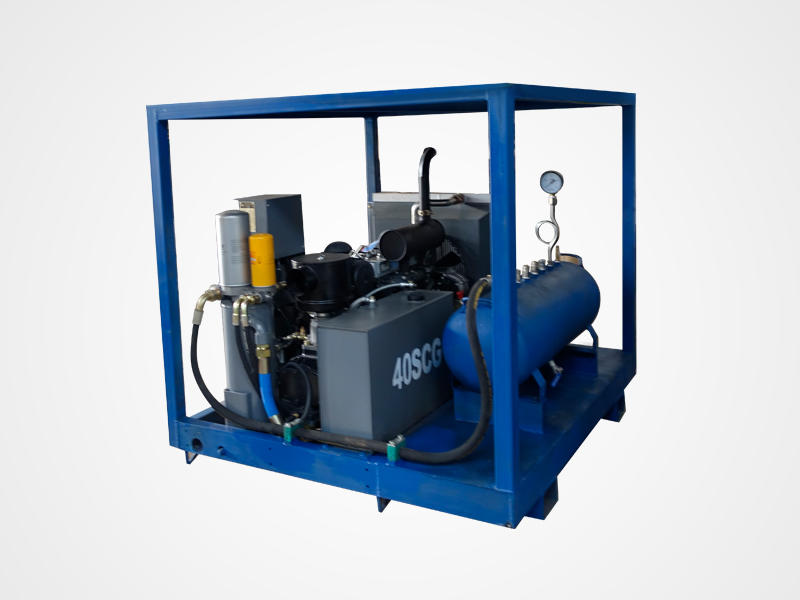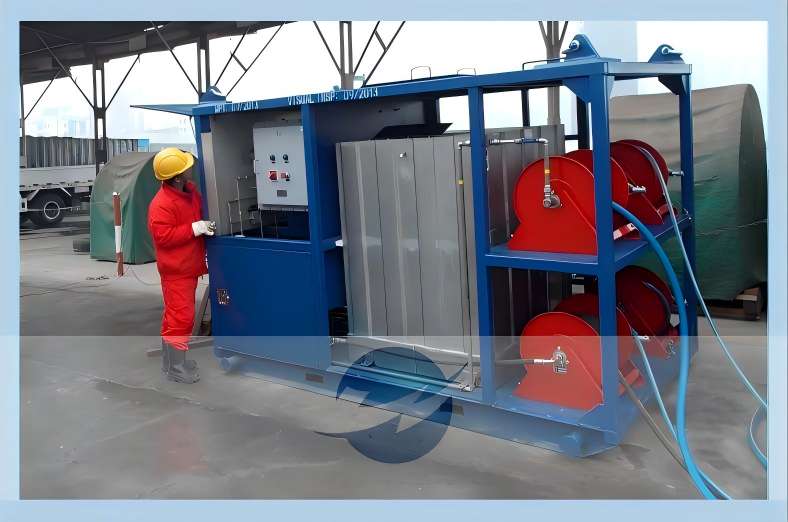Helium Leakage Test: How It Improves Industrial Safety?
In today’s manufacturing industry in industries ranging from aerospace and oil & gas to medical and electronics, integrity testing of seals is a critical process to attain equipment reliability and safety. Amongst all nondestructive tests, the helium leakage test is one of the most precise ways. For its very high sensitivity and quantitative precision, it has been extensively applied in industries across high-end production and energy sectors.
Here, we will provide a comprehensive overview of helium leak testing and more so its vital use in thread seal examination of the oil and gas sector.
Part 1. What is Helium Leakage Testing?
Helium leak testing is a technique for seal integrity testing involving the use of the helium gas as a tracer to identify even the smallest leaks in a system. Through the measurement of the quantity of helium leaked from an item or component, engineers will be able to determine whether there are minute defects or seal failures.
Helium is employed as test medium because of its good properties:
- Small molecular weight: The helium atoms are only slightly larger than hydrogen atoms and thus can filter through very narrow cracks.
- Chemically inert: Will not react with sealants or metals.
- Extremely low natural concentration in air (about 5 ppm): This minimizes background noise and improves sensitivity of detection.
- Safe and environmentally friendly: Non-toxic, non-combustible, and harmless to both equipment and personnel.
Owing to such advantages, helium leakage testing has emerged as the preferred technique for sealing integrity assessment in high-accuracy and high-reliability applications.
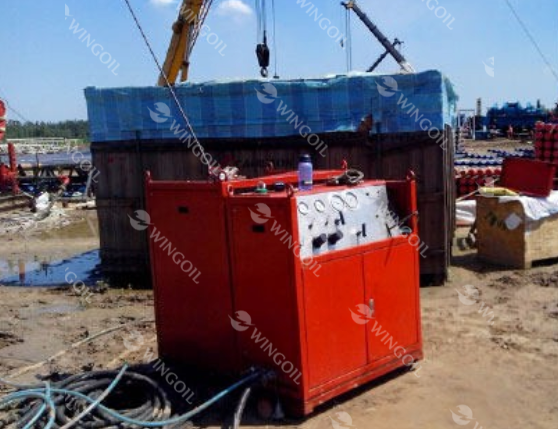
Part 2. Working Principle of Helium Leakage Testing
If a sealed system is evacuated and then filled with helium gas, any leakage within the system will cause helium molecules to leak out through flaws, which are detected by a highly sensitive detector. The detection equipment, a helium mass spectrometer leak detector, is often a very sensitive device that detects minute amounts of helium and quantitates them in terms of a leak rate.
The test procedure generally involves the following steps:
- Sealing and Pressurizing: The test piece (e.g., threaded joint, valve, or pipeline) is sealed and pressurized with helium gas.
- Detection: Mass spectrometer or helium leak probe is used to detect leaking helium.
- Data Analysis: Leak rate measured and assessed.
- Acceptance Evaluation: Results are compared against industry standards or customer requirements to determine whether the component is acceptable.
Helium leak testing has an improved sensitivity of 10⁻⁹ mbar·L/s or better, several orders of magnitude higher than conventional techniques such as bubble or pressure decay testing. This positions it as one of the most precise methods of micro-leakage detection available today.
Part 3. 4 Common Methods of Helium Leakage Testing
Depending on the shape of the test object, sealing requirements, and test environment, different helium leak detection techniques are used. Each of these has its own advantages and is suitable for specific industrial applications:
| Testing Method | Principle Description | Typical Applications |
| Vacuum Method | The test component is placed inside a vacuum chamber. If there are any leaks, helium molecules will escape from the test piece into the chamber, where they are detected by a mass spectrometer. This method provides extremely high sensitivity and accuracy. | Aerospace components, vacuum systems, precision instruments. |
| Sniffer Method | The component is filled and pressurized with helium gas, and a handheld sniffer probe is used to scan its external surface. The detector senses any helium escaping from leaks. This method is suitable for large systems that cannot be easily enclosed in a vacuum chamber. | Automotive systems, oil & gas pipelines, HVAC equipment. |
| Accumulation Method | The test component is placed in a sealed enclosure, and the concentration of helium in the enclosure is monitored over time. A gradual increase in helium concentration indicates leakage. This method is ideal for large or complex assemblies. | Storage tanks, heat exchangers, industrial vessels. |
| Spray Method | The interior of the test part is evacuated, and helium gas is sprayed externally onto potential leak points such as joints or flanges. If helium is detected inside the system, it indicates a leak path. | Valves, flanges, threaded connections, and hydraulic fittings. |
Each of the methods has specific advantages of its own in terms of sensitivity, efficiency, and convenience.
- The vacuum method gives the highest detection accuracy.
- The sniffer and spray techniques are handy and adaptable to on-site testing.
- The accumulation technique offers a more efficient method for leakage testing of large or closed assemblies.
When choosing the right testing method, manufacturers can be confident of obtaining correct detection results and keeping their sealing systems’ long-term reliability intact.
Part 4. Key Advantages of Helium Leakage Testing
Compared to traditional bubble testing or pressure decay methods, helium leak detection offers several significant advantages that make it an absolute requirement for high-precision applications:
Ultra-High Sensitivity:
Helium testing can identify leaks in the range of 10⁻⁹ mbar·L/s, many orders of magnitude higher sensitivity than old techniques. This enables engineers to identify even the tiniest defects in seals, welds, or connections that are otherwise not detectable.
Strong Quantitative Capability:
Unlike qualitative methods such as bubble testing, helium testing provides accurate, measurable leak rates. These quantifiable values are required for conformity with industry standards and ensuring consistency of product quality and compliance.
Non-Destructive Testing (NDT):
The procedure does not destroy or alter the test part. From a delicate medical device to an aircraft valve to an oilfield connector, helium testing leaves no functional integrity compromised after inspection.
Fast and Efficient:
Current helium mass spectrometers have rapid response and automatic data recording, making the method particularly suitable for high-production-rate manufacturing lines and quality control schemes. It minimizes downtime while ensuring each unit falls within the specified leak-tightness requirements.
Safe and Environmentally Friendly:
Helium is an inert, non-toxic, and non-flammable gas and poses no explosion or poisoning risk. It is safe for equipment and operators and fully environment-regulation-compliant.
With these advantages, helium leakage testing has become the gold standard for seal integrity validation in aerospace, oil and gas, electronics, and medical equipment. It confirms that every component is of the highest standards of reliability and safety prior to installation in mission-critical applications.
Part 5. Common Applications of Helium Leakage Testing
Helium leak detection technology is practiced by a majority of industries where reliability, safety, and accuracy are top priorities. Because of its ability to detect even slight leaks, the technology is a preferred testing approach in the following industries:
Oil & Gas Industry
Of all sectors, the oil and gas sector most needs threaded seal dependability. Helium leak checking is often applied to casing, tubing, valves, and threaded connections, where even tiny leaks can lead to hydrocarbon loss, pressure loss, or environment contamination. Having helium as the tracer gas enables engineers to identify nanoscale
In this case, helium leak testing is an important safety verification method in the oil and gas industry, ensuring operational integrity, preventing costly downtime, as well as safeguarding staff and the environment from injury.
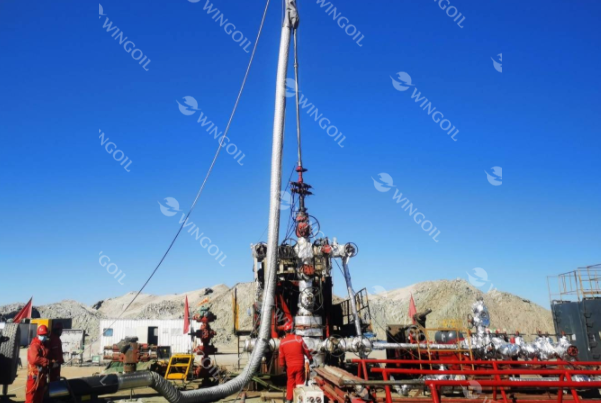
Aerospace Industry
Helium testing is essential to ensure the integrity of fuel tanks, liquid hydrogen systems, and vacuum chambers used on spacecraft and satellites. Any leak whatsoever will compromise mission success or pose safety hazards, and hence helium’s ultra-sensitivity makes it possible for engineers to achieve absolute air-tightness on critical aerospace components.
Automotive Manufacturing
Contemporary automobiles contain many sealed systems, such as fuel lines, air conditioning circuits, EV battery coolants, and hydrogen fuel cells. Helium testing guarantees these parts to be absolutely leak-free, supporting manufacturers in adhering to rigorous environmental and safety regulations while keeping them at peak performance and energy efficiency.
Medical Devices
In the healthcare industry, safety and cleanliness of the device are of prime significance. Helium leak testing verifies the integrity of implants, infusion systems, and vacuum pump assemblies by ensuring that no toxic material can leak in or out. With its non-destructive nature, it is especially ideal for sensitive biomedical components which should remain sterile and intact.
Electronics Industry
Precision electronics rely on conditions being controlled. Helium leak detection finds a wide range of applications in semiconductor packaging, MEMS sensors, vacuum tubes, and optical devices. It checks that devices are properly hermetically sealed, preventing moisture or impurities from affecting their performance and lifespan.
Part 6. Oil & Gas Equipment: Wingoil Helium Gas Casing and Tubing Thread Seal Test Equipments
Thread seal integrity of casings and tubings in oil and gas well drilling and production is directly linked to safety in production and protection of the environment. To eliminate the risk of thread leakage and provide safety, thread seal testing today is a mandatory process in a majority of the oilfields of the world.
Wingoil Helium Gas Casing and Tubing Thread Seal Test Equipments take advantage of the small molecular size and high diffusivity of helium to detect even the smallest leaks in casing and tubing threads immediately, effectively picking up potential issues before well operations and ensuring operational safety. If you are looking for a reliable helium testing solution, this equipment is the ideal choice.
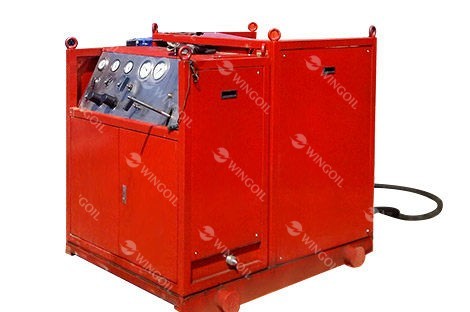
Working Principle
- The system is charged with a high-pressure helium-nitrogen mixture;
- A dual seal detection packer is installed at the thread connection and sealed;
- A very sensitive detector senses helium leakage externally to monitor sealing performance.
This technique takes advantage of helium’s extremely small and highly mobile molecules to achieve fast and accurate leak detection.
Features and Benefits
- High Sensitivity: Leak detection rate up to 1×10⁻⁷ Bar·ml/sec;
- High Reliability: Helium penetrates thread seals easily, with precise detection results;
- High Safety: Non-corrosive and non-toxic inert helium is safe to equipment and people;
- High Efficiency: Detection time per tubing is just an average 2 minutes, without disrupting well completion;
- Wide Applicability: All 2-3/8″ to 7″ casings and tubings are applicable for use, with varied thread standards, Christmas trees, and pipelines.
- Strength: WY-QY70 packer has patented steel cylinder and rubber structure, can withstand 70 MPa (10,000 psi) pressure and be run continuously over over 300 times.
With Wingoil’s professional gear, oilfield operators can quickly detect micro-leaks prior to running the tubing into the well, which can effectively boost operating efficiency and safety and minimize potential risks effectively.
Bottom Line
With its unprecedented sensitivity, stability, and traceability, helium leak testing is the go-to technology for seal inspection in the industry. From aerospace vacuum systems to oil and gas threaded seal qualification, helium testing allows firms to detect possible issues early on, improve the reliability of their products, and ensure operational safety.
For those clients who need casing and tubing thread seal inspection, industrial helium leak test equipment such as Wingoil’s Helium test equiment is essential for quality control. With very sensitive detection technology and high-precision instruments, you will have every connection totally sealed, leak-free, and securely regulated.

